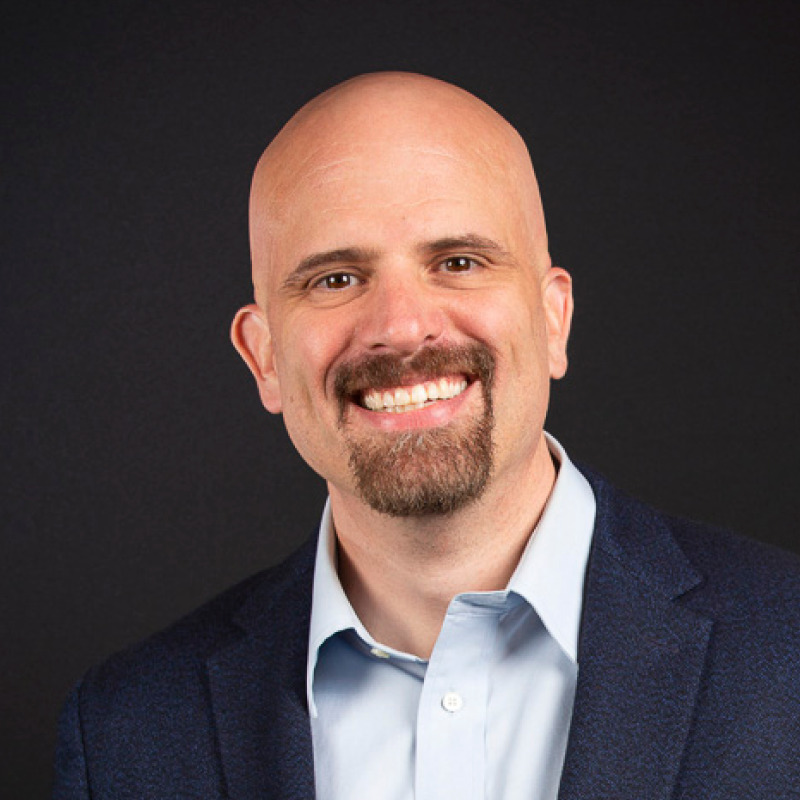Uber is currently facing a set of plaintiffs who are seeking class certification in the Northern District of California (O’Connor, et. al v. Uber, #CV 13-3826-EMC) on two distinct grounds. First, the plaintiffs allege that Uber systematically deprived them of tips from riders by virtue of how the service is presented to end-users and how compensation is given to the riders in violation of the California Unfair Competition Law, Cal. Bus. & Prof. Code § 17200 et seq. Second, the plaintiffs claim that Uber misclassified its drivers – all 160,000 of them in California over the last five years – by failing to give them the legal definition of “employee” and, following from this, deprived said “employees” of reimbursement for things like mileage, gas, and other wear-and-tear on their vehicles (not to mention the shadow of entitlements like benefits and worker’s comp).
Essentially, claim one is based on the notion that Uber informs passengers that gratuity is included in the total cost of the car service and that there is no need to tip the driver. However, according to the plaintiffs, Uber either failed to collect this gratuity, or by failing to differentiate between the gratuity and the fee for the ride, and then collecting its own 20% cut of the total fee, the company improperly retained some of the gratuity for itself. In truth, it’s not completely clear from the complaint exactly how the plaintiffs are calculating allegedly withheld tips. Uber does a good job in its motion to defeat certification of pointing out, on the one hand, that there is no such thing as a “standard tip,” and, on the other hand, that the assessment of the tip issue would require so much individualized examination — from figuring out whether drivers were told that they could be tipped or not, to figuring out if drivers actually were consistently tipped — that the common issues proper to class examination would be overwhelmed.
The real meat of this case, however, and the issue with the most effect on both Uber’s bottom line as well as on the future of sharing platforms generally, is whether the drivers should be classified as employees or not.
Uber’s motion to defeat certification is, logically enough, based on attacking the commonality and typicality requirements of Rule 23. The main thrust of Uber’s motion is that not only would the four named plaintiffs be inappropriate to represent the 160,000 member class of allegedly harmed drivers, but also no such plaintiffs could represent such a class as the relationship between Uber and its drivers is so diverse that no common questions or issues would control the proceeding. In support of its position, Uber introduced the sworn declarations of over 400 Uber drivers from California, each detailing a unique situation that would either make them not in line with the harms alleged by the named plaintiffs, or squarely opposed to them.
Further, there were seventeen different contracts involved in the relationship between Uber and the 160,000 drivers swept up into the suit, which would make identifying common questions exceedingly difficult. Even terms that are common across agreements, Uber claims, would have enough distinction between them to make class certification impossible. For instance, Uber cited numerous examples from its different agreements where tipping was permitted, and others where it was not mentioned at all. Similarly, Uber cited examples where the right to terminate rested solely with Uber, and others where the right to terminate was by mutual consent between Uber and the driver. Further, Uber claims that the employment test from Borello (the case that governs employee classification in California) requires a fact-based examination of each driver’s particular circumstances owing to the wide variation in contract terms — further making class certification inappropriate.
Uber’s arguments are all sound, and I sincerely hope that it defeats the class certification. But the case itself represents an ongoing and persistent problem for Uber and sharing economy platforms across the United States (and the world, really). The core of that problem is simply this: are you an employee or a contractor? A heading from Uber’s motion stands out to me as emblematic of this problem:
The Named Plaintiffs Are Not Typical Of the Putative Class Because There Is No Typical Uber Driver
There is no typical Uber driver because Uber is just a platform, the definitions of our antiquated legal system notwithstanding. The real value proposition of sharing platforms is that they enable normal folks — that is, people outside of a typically defined industry — to take part in an industry that was previously dominated by firms (and replete with considerable barriers to entry). As the Northern District of California observes in Cotter v. Lyft, trying to fit a sharing economy worker of today into yesterday’s notion of “employees” and “contractors” is akin to “be[ing] handed a square peg and asked to choose between two round holes.” In the same passage, that court observed that “[t]he test the California courts have developed over the 20th Century for classifying workers isn’t very helpful in addressing this 21st Century problem.”
Indeed.
The claims of the plaintiffs in the Uber class action notwithstanding, there is nothing inherently “employee”-like about an Uber driver, and there are plenty of opportunities for sharing economy workers to not be quite so “contractor”-like either. What we really need is some creative thinking, and an application of legal principles (as opposed to tired categories) to the new reality of the 21st century in order to come up with a third way (and maybe a fourth and fifth way, as well…) of regulating labor relationships. If we must have classes, consider it the entrepreneurial class.
Uber’s business model is a great example of how an employee definition doesn’t quite make sense. The party that contracts with Uber might not even be an individual, but a corporation that, even without Uber’s platform, would be providing private ride services. Particularly with UberBlack, private companies use Uber’s lead generation platform merely to supplement their own marketing efforts. Obviously converting these companies and their own employees into “employees” of Uber is ludicrous.
However, even for the more common example that many people will first think of — the guy down the street with a car and some time on his hands — sticking him into the employee category may or may not make sense. First, as an employee he will be handed a whole raft of potential benefits that have corresponding obligations for Uber. Those obligations — like disability, health benefits, time off, etc — will come at a cost, which will typically mean less money earned for that sometimes-driver as those costs are passed on in the form of either increased prices (and a reduction in ridership) or reduced wages. For many people, this will decrease their marginal earnings to the point where it won’t make sense for them to drive anymore.
Second, for many people it may lead to an outright conflict that either prevents them from being a driver, or else locks them into a single platform, thus harming competition in the marketplace. A driver who is Uber’s “employee” may be in violation of her duties of loyalty to Uber if she takes rides from the Lyft platform (and multi-homing is extremely common in this space). Similarly, employers – in particular state and municipal governments – frequently have strict rules on outside employment, and a determination that driving for Uber makes you an “employee” of the company may effectively preclude drivers by virtue of their actual employer’s policies.
Further, I believe it’s notable that many employment tests in the United States are extremely multi-factor; the Borello case from CA outlines thirteen distinct considerations, for instance. The utter complexity of fitting a worker into an “employee” classification suggests that even this old, familiar notion of what it is to be an “employee” is not quite as clear as we often presume, but is more of a “catch-all” category. The sharing-economy platforms from companies like Uber and Lyft will only exacerbate this problem — and serve to make its problematic consequences more pointed.
But even the definition of “contractor” is inapplicable to these drivers. In the case at hand, Uber was accused of treating drivers as employees because it provided suggestions about how to earn higher ratings from riders, and because it offered “on-boarding” programs that give new drivers an orientation. This general training is not a need unique to Uber, however. Consider Instacart’s recent announcement that it would re-classify some of its employees in Boston as part-time workers. In large part, it seems clearly to be the case that the company decided to make this move for purely strategic, legal reasons. In actuality, it wanted simply to be able to guarantee that there would be some minimum level of quality for the people who provided services through its network. This might involve orientation meetings, intermittent trainings, and some minor direction on how a shopper should perform his or her work (for instance, pick produce last so that it remains fresh). There is no obvious reason why providing this sort of guidance should force a company to destroy all of the unique and socially beneficial qualities of its offerings by being forced into classifying on-demand workers as “employees.”
The sharing economy promises to remove the transaction costs that have for quite a long time chained employees to firms. On their own, individuals simply cannot obtain enough information that would enable them to realize a fully self-defined work environment. It’s an accident of history (and technology) — of scarce resources and scarcer information — that the model of work has revolved around selling one’s services to an employer. But technology is now rendering this model inefficient compared to the alternatives — and our legal system should not get in its way. Canadian courts have begun experimenting with a third classification of worker — the “dependent” worker, a classification that may or may not work here — and so too should our courts and legislatures start thinking about a new classification. It makes no sense to drag down cutting-edge 21st century work and life models with depression-era notions of what it means to earn a living.




